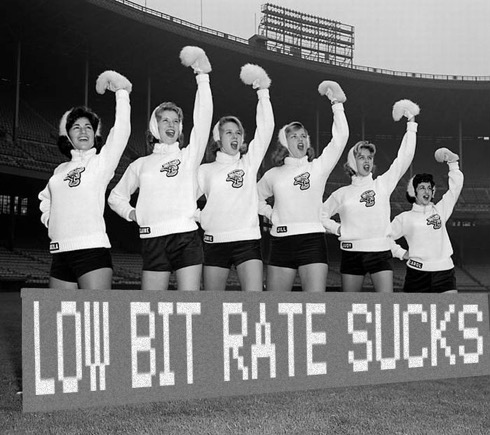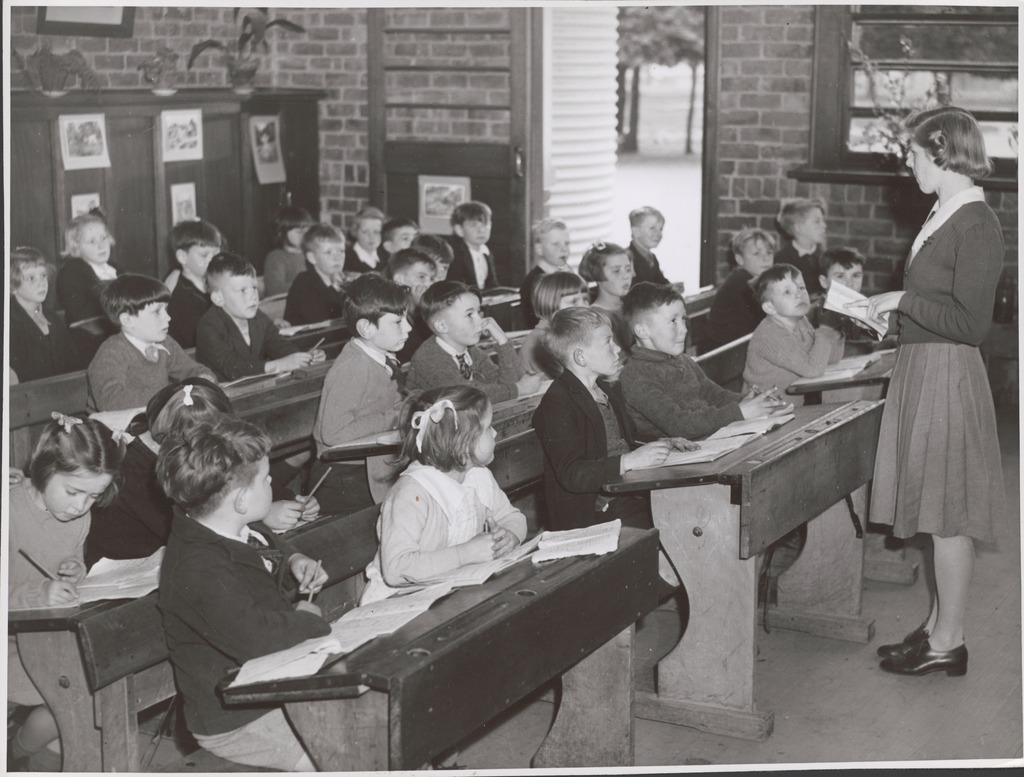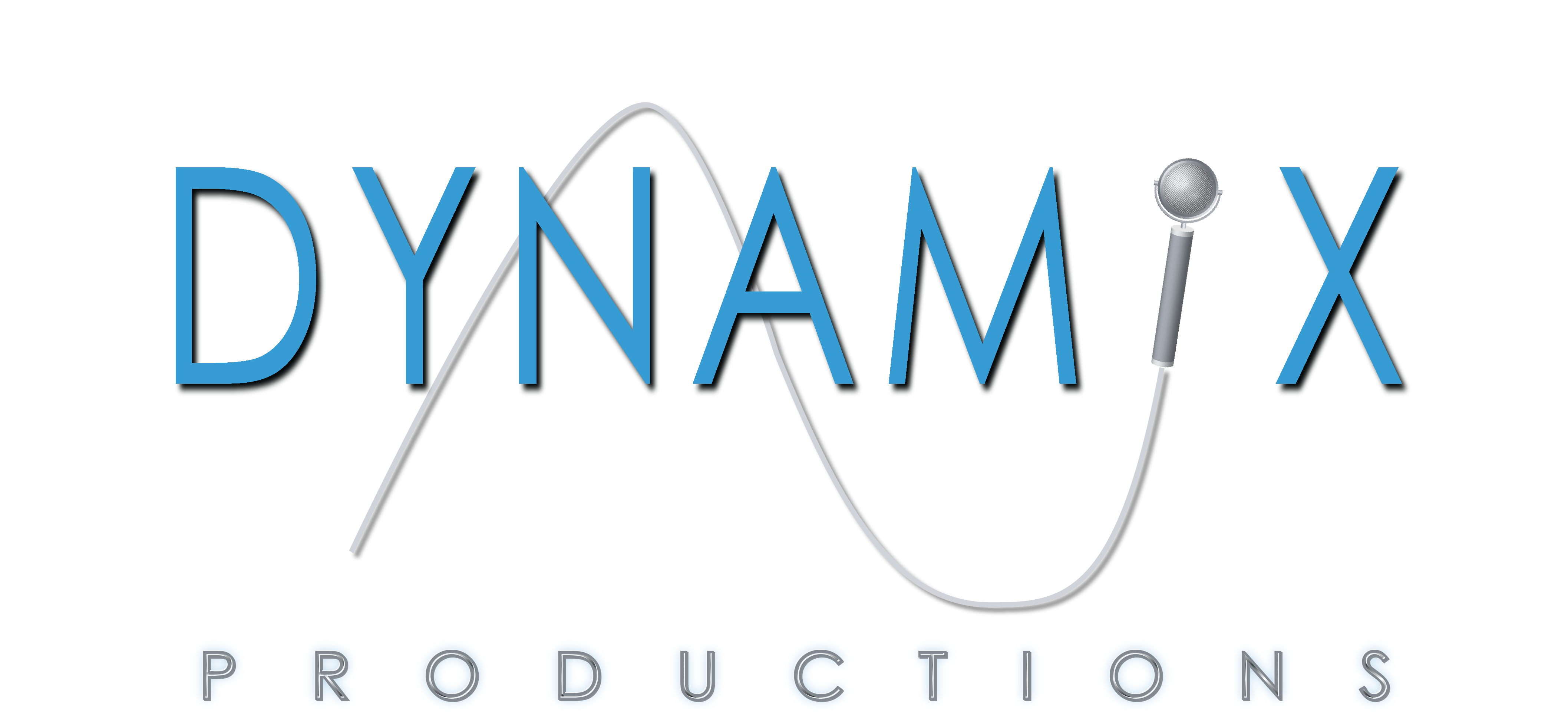
"People don't appreciate music any more. They don't adore it. They don't buy vinyl and just love it. They love their laptops like their best friend, but they don't love a record for its sound quality and its artwork."
Laura Marling, musician
2-Bits, 4-Bits, 6-Bits...
We love convenience. Drive thrus, same-day delivery, automatic transmissions, instant coffee. Uh, maybe not that last one. Convenience often drives technology. And when it does, something has to go. What are you willing to give up for convenience? Taste, comfort, money, quality?
Convenience also influences new audio technology, and the result is portability, because we are a society on the go. So what did we give up to take Elvis along for the ride? In the early days of records, players got smaller and smaller so they could be moved from room-to-room, house-to-house, and even house-to-car. As the players got smaller, so did the sound. In the 1950's, engineers threw away the large vacuum tubes (and the warm sound) in radios for the minuscule transistor. Now you could hold Elvis in your hand. In the 60's, a wonderful little pocket-sized storage unit called the cassette tape came along that allowed you to take 2 or 3 records' worth of Elvis with you - but not the big sound.
And then came the iPod. Apple wasn't the first portable digital file player, but they made it a household name. Small device, small earbuds, small audio files - what's not to love? I admit that as a fan of convenience, I'm a huge fan of the iPod. The mp3 had been around for a while when the iPod came to town. This unique way of compressing large audio files down to smaller ones was created to speed up file transfers (remember, we were still using pokey dial-up modems at the time). So we sacrificed audio quality for speed.
At least Apple tried to address the loss-of-quality issue by authoring their own codec (code-decode algorithm). The AAC (Advanced Audio Coding) codec offers much better audio quality with even smaller file size, plus it does so much more than the mp3. If it's superior to an mp3, why isn't it more popular? Because Apple wants to sell Apple products. They usually keep a tight control on their technology, but have relaxed a little on AAC. You'll find it on Youtube, Nintendos, Playstations, Wiis, and many smartphones and car stereos. But it still isn't as popular as the venerable mp3. Sorta sounds like the old VHS - Betamax war doesn't it?
The reason for all the audio codec wars is to save time and space. Not something Arthur C. Clark would lay out in a textbook, but something of convenience - faster downloads and more tunes in your pocket. At ground zero in this war is the bit.
You generally win and get higher fidelity with more bits in a digital media signal. But convenience wins when you have fewer bits. Fewer bits, less time and space. The digital audio CD spits out 1.4 million bits per second of data (1,411 kbit/s). The highest quality mp3 produces 320 kbit/s - or 23% of what a CD does. Is the sound quality 23% less? It all depends upon your perception.
Mp3, AAC, Dolby AC3, and all the rest use perceptual coding technologies. Basically, what's really important gets less compression, and what isn't gets hit heavily or thrown out all together. Think of it as a stage play with real props on stage and a painted scenery backdrop. We trick the mind into thinking something faked is real. In audio codecs such as an mp3, the parts of the sound that take up the most file space (like the bass), are highly compressed. When playing them back, those parts are faked, just like that backdrop. A long time ago, someone in a computer lab decided how much bass you won't really hear.
When you stick that audio CD into your computer to make an mp3, you must make a few decisions that will affect the quality of your future entertainment. Do you want small size, or big sound? Choosing a small bit rate (like 64k, 96k, or even 128k) will reduce the file size considerably, but throw out a lot of those important stage props. Detail is lost. When it's played back, it may sound watery, jingly, or muffled - not quite the real thing. It's kind of like a sloppy paint-by-numbers scenery backdrop. But if you use a higher bit rate like 320 kbit/s, more detail is preserved. Better yet, use a modern codec like Apple's AAC to preserve even more.
Of course bit rate isn't the only deciding factor in audio quality, but it's the biggest. Consider this. A full-fledged cinematic motion picture is recorded and mixed at 96KHz, 24-bit, 7.1 surround - 18.4 million bits per second. An mp3 on your iPod is probably recorded at 128 thousand bits per second. That's less than seven-tenths of a percent of that movie sound. That's like Weird Al Yankovich vs. The Avengers. Bits will be flyin'!
Did You Know?
The mp3 format is, unfortunately, a standard file format to send audio over the internet. Even with blazingly fast internet connections, many radio broadcast facilities still prefer commercials and programs to be sent in the mp3 format. Once these files are downloaded, they are often ingested into the station's audio file server, recompressing them into a new compressed format. This original audio file has been compressed twice at this point.
If the radio station's transmitter is at a remote location, the main audio signal is often digitally compressed over a transmission line from the studios to the transmitter site. The original audio has now been compressed three times.
If the radio station is transmitting a digital signal such as HD Radio or satellite, the original audio has now been compressed four times. If the original audio program or commercial contained any material that was in mp3 format, such as the voice-over or music, it has now been compressed five times.
This is a lot like playing "telephone" in grade school - but in different languages for each person. Each interpretation and retelling is dependent on who is hearing an retelling the story. A lot can be misinterpreted.
Tech Notes
- The mp3 codec is formally called MPEG-2, Layer III (1995). It was first introduced in 1993 as MPEG-1, Layer III.
- The mp3 format was developed by the Fraunhofer Institute in Hanover, Germany. It is actually a brand and requires a paid license to include it in software or devices.
- The mp3, AAC, and AC3 use "lossy" compression, meaning audio information is "lost" when encoded.
- There are "lossless" codecs that successfully reduce file size but retain 100% of the audio information. Some of these codecs are Apple Lossless (ALAC), FLAC, ATRAC, HD-AAC, and WMA Lossless.
- Compression codecs take advantage of "perceptual" coding, first discovered in 1894 by American physicist Alfred M. Mayer . He discovered that a tone could be rendered inaudible by another tone of lower frequency.
- Small file size is the "pro" of an mp3. Decoding is the "con." It takes a lot more processing power to decode and play an mp3 than playing the original uncompressed audio format.
- Susan Vega's "Tom's Diner" was chosen as a benchmark during the development of the mp3. It is considered the "Mother of the mp3."
Neil Kesterson



